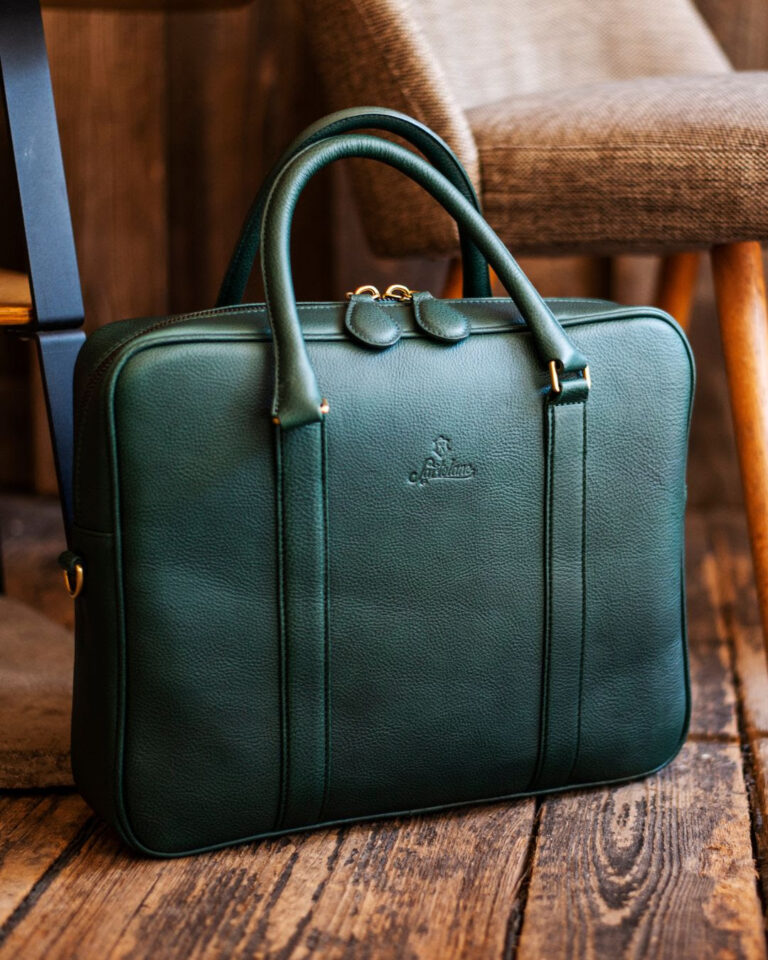This story originally appeared on the Gents Cafe Newsletter. You can subscribe here.
Sartolane (@sartolane) is a brand that epitomizes the essence of timeless style and commitment to sustainability.
Matt, Sartolane’s co-founder, began this journey in 2013. Inspired by the shift in consumer awareness, he and his business partner envisioned a company that stood in stark contrast to the fast fashion trend. They sought to create a brand rooted in local production, made-to-order practices to avoid overstock, and uncompromising quality within an accessible price range.
Sartolane fervently encourages customers to embrace a philosophy of buying less but buying better, advocating for conscious choices that extend far beyond their own product range. By championing responsible consumption, the brand aims to be a catalyst for positive change in the industry.
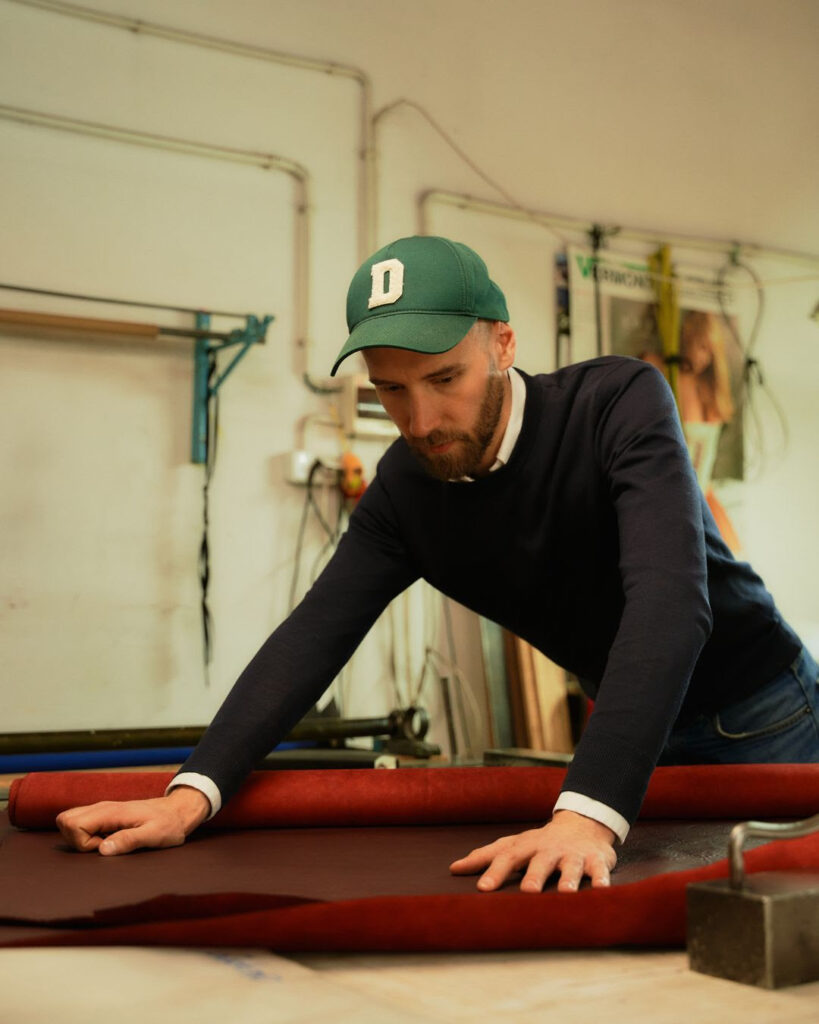
Hi Matt, could you share with us some details about your background and how it led you to create Sartolane?
It all started in 2013. Back then, I was finishing my master’s degree and running a streetwear brand… frankly being tired of both. I really needed a change, so after I graduated, I decided to leave my previous company – it wasn’t that hard, as I lost interest in such clothes anyway, they weren’t something I wore anymore – and started something new.
It was sometime around the infamous Rana Plaza accident in Bangladesh, right when “fast fashion” was finally identified as an inherently bad thing. I remember talking to my business partner that we would like to run a fashion company doing something opposite – have local production, implement a made-to-order scheme to avoid overstock and offer the best quality in the price range. We decided to invest as much as we could into the product itself, cutting out the traditional retail costs such as a physical shop and print advertising. Now that seems pretty obvious for a quality-focused brand, but 10 years ago it was still a novelty as we were witnessing the dawn of those proverbial “cutting out the middlemen” fashion companies.
We started with various menswear accessories initially, but quickly shifted to leather only as this was something that we were the most satisfied with.
This is how the Sartolane, as we know it today, began.
What’s the philosophy behind the brand, and what are its core values?
I would say that although our products are obviously not something that you need but rather want, I believe that there are people around who treat dressing well and shopping quality as not only a necessity or a habit but as a way to make themselves feel better. We would love to be a part of it, to make those people happier, giving them a chance to buy products that are fairly priced and made to last long (a lifetime perhaps?), looking even better with a developed patina.
Also, I still believe in the same values that I had in mind in 2013 while starting the company. Even being a for-profit company that has to sell products, we would never encourage our clients to buy things that they don’t need or to replace those that are still in good condition. We would like them to buy less but buy better – even if it doesn’t mean just shopping with us instead of a fast fashion brand, but also buying less Sartolane products. I find the word “sustainable” a bit too cliche nowadays, but I guess it is a part of our identity, too.
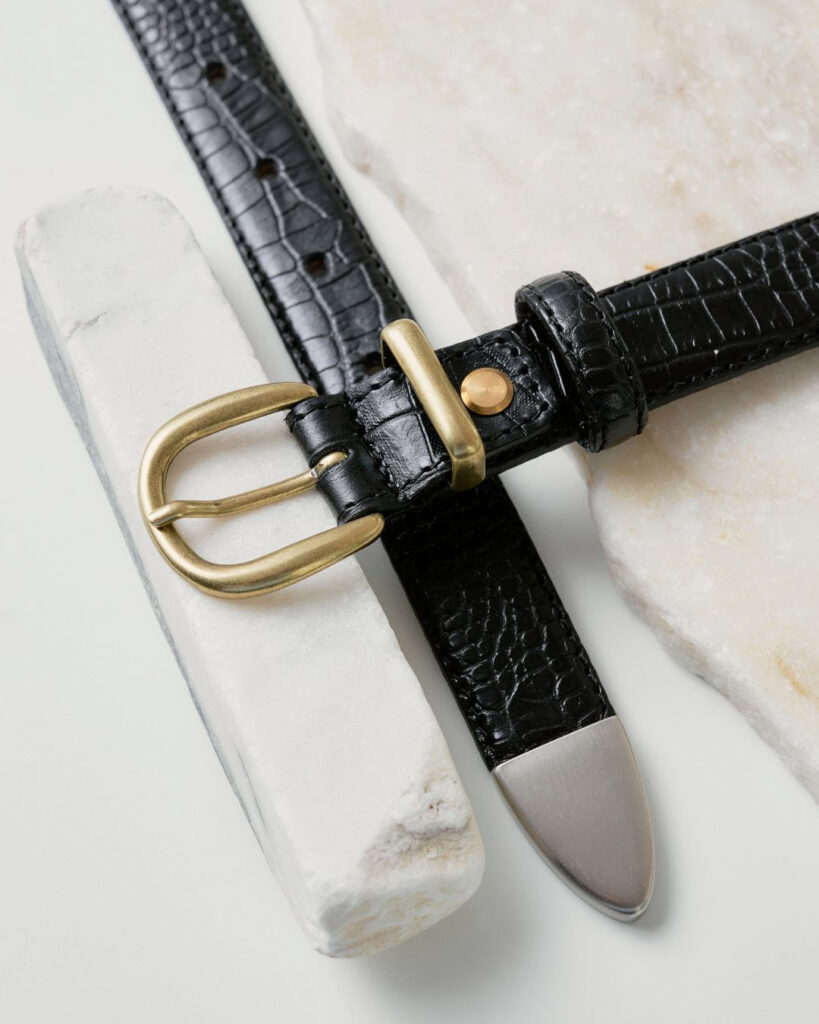
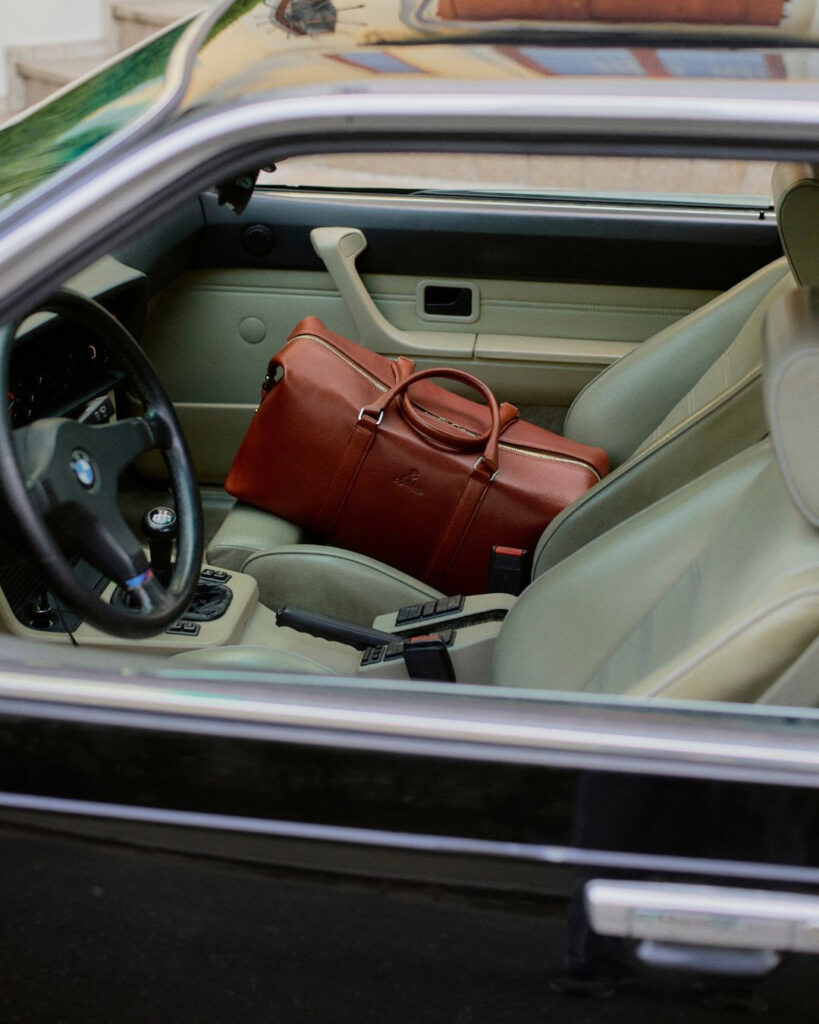
What are some of your most popular or beloved products, and what do you think makes them stand out to customers?
I would say our 1” wide belts and weekender bags. The former are easily affordable and versatile – and I have to admit that we had a great intuition introducing them, doing it right around the time when the narrow belts suddenly became fashionable again – but the latter are something that we are truly proud of. The Classic Weekender Bag has been with us almost since the beginning, but over all those years we’ve been constantly improving it and modifying the design to make it the best we could. I think that our clients appreciate that and it might be one of the reasons behind its popularity.
How do you approach design, and where do you find inspiration for new products?
Well, we mainly do classics – so there isn’t much design (in terms of art) to it, at least that is how I like to perceive that. It is all about the simple form that follows function, with no fancy-but-unnecessary details. I find the ideas talking with my friends or listening to our clients’ needs, sometimes with the help of some old reference photos – or even thinking about what I personally would like to have. Some of the products were born out of my own needs and “what if we made it like…” thoughts. I usually take the minimalistic approach thinking about the optimization of useful space in the bag or a wallet, so you could even say that some of those are engineered around the imagined content that will be carried inside.
Obviously, belts are designed a bit differently – they are made to fit different shoes and clothes, so I have to observe the world (and social media) around and come up with new ideas based on that.
However, sometimes it all begins with leather – when I find a very interesting old stock piece or something like that, I can’t help but think about how a particular product could look when made out of it. And often I just decide to go for it and make a limited run.
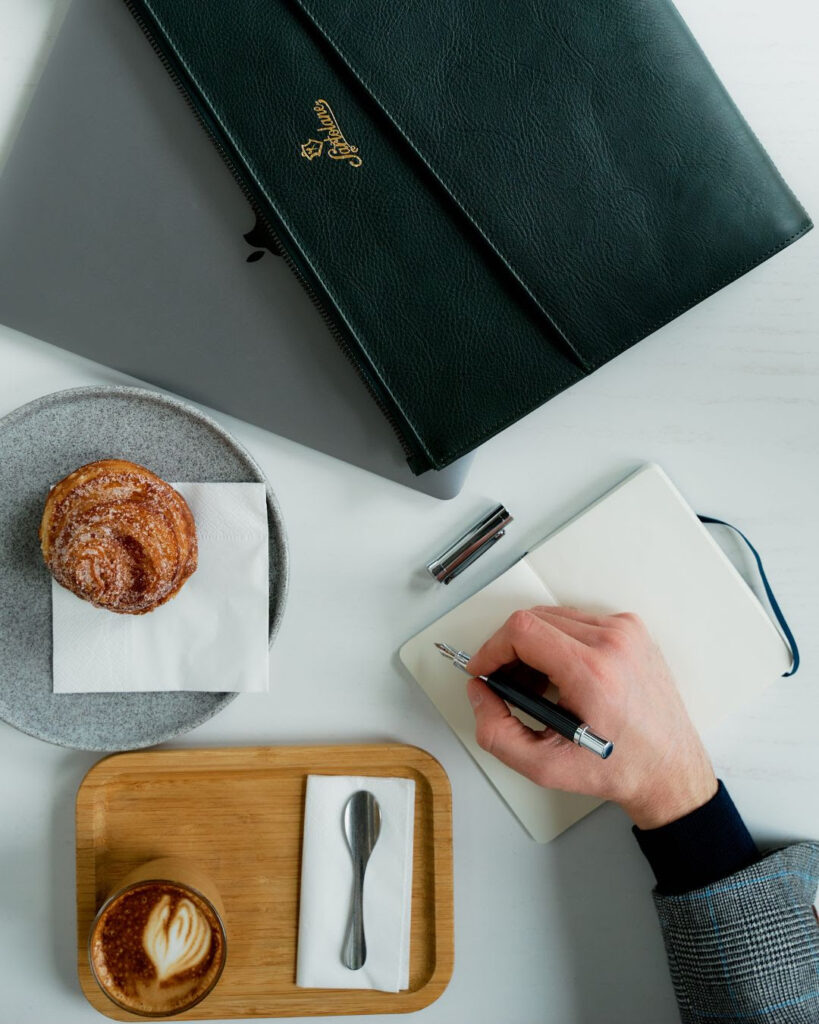
Could you tell us more about the manufacturing process of Sartolane products? Specifically, where are they made and how do you go about selecting artisans who share your commitment to sustainability?
The process could be divided in the 5 different stages: sourcing, production, sales, delivery, and everything that happens later.
Starting with the materials – we do everything we can to source them from suppliers who care about quality and the environment. We chose the vegetable-tanned leather from Conceria Monteverdi S.R.L. as we knew that with this producer we can be sure about both. All the other elements, like hardware, are chosen according to the longevity principle. We would like our products to have no weak points, so they should all be really tough and survive years of heavy use.
All the production takes place here, in Poland. Right from the beginning we knew that it is a must as it gives full control of the process, lowering the costs and harms of long transportation. It took us some time to find the right artisans and manufacturers, but thankfully we now work closely with two, one of them having a very long tradition of working with European luxury brands. Those are the people we can trust and who engage in our process, often sharing their know-how on top of our experience and ideas.
Sales are the tricky thing – to stay true to our origins and an idea of sustainable development, we decided to keep only the classics and small accessories in stock while the rest of the bags are made to order. Although this makes the waiting process a bit longer, we believe that it is worth it to avoid overstock, maintain fair prices, and allow customization. This is closely correlated with our no-discount policy. We do no seasonal sales because a) we don’t need to move our stocks and b) we don’t want to encourage our clients to impulsive shopping.
Delivery is pretty straightforward, although we would like to emphasize that we never do gift packing nor do we add any unnecessary plastics, papers etc. into the bag. For us it’s just something that will end up thrown out eventually, so why use more of it? Instead, we invested in boxes that are suited to the different product sizes which allows us to optimize packing.
For us the most interesting part is what happens later – we’ve been developing our post-sale customer care for years now, introducing renovation programs with even pretty complex “reanimation” as an option. We keep track of every type of leather and hardware we used, leaving a backup of each one for possible future restoration of broken parts. I think we are now capable of repairing almost every kind of damage that you can do to our bag.
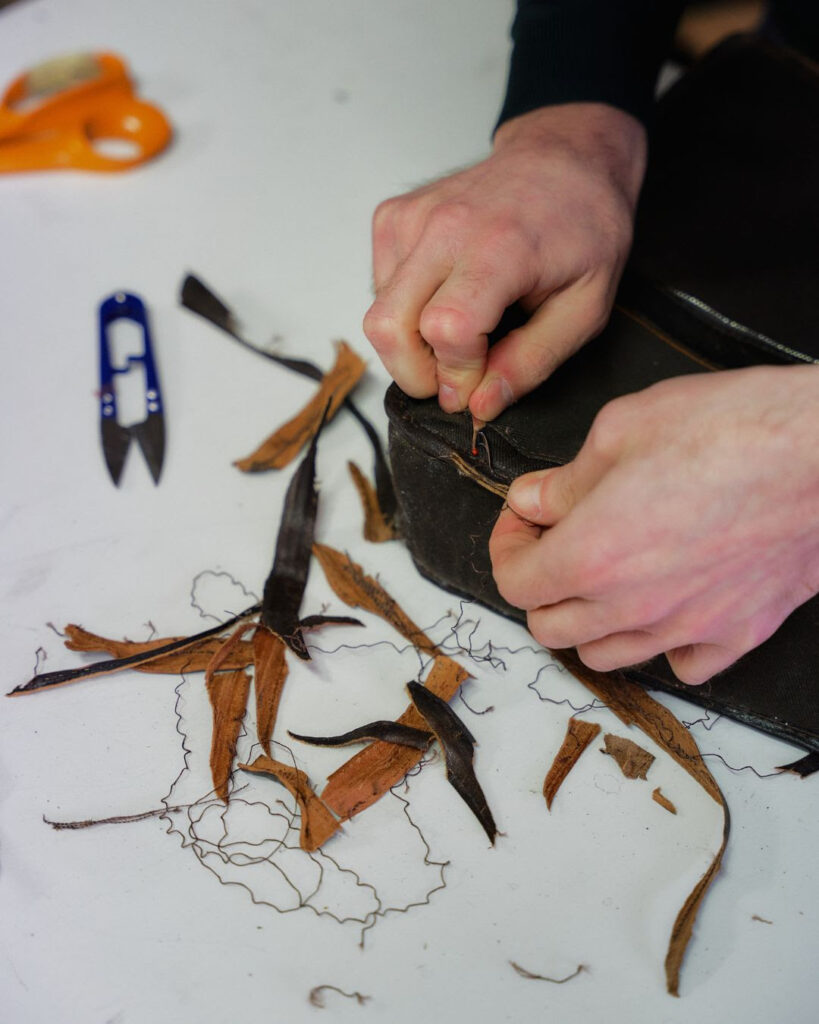
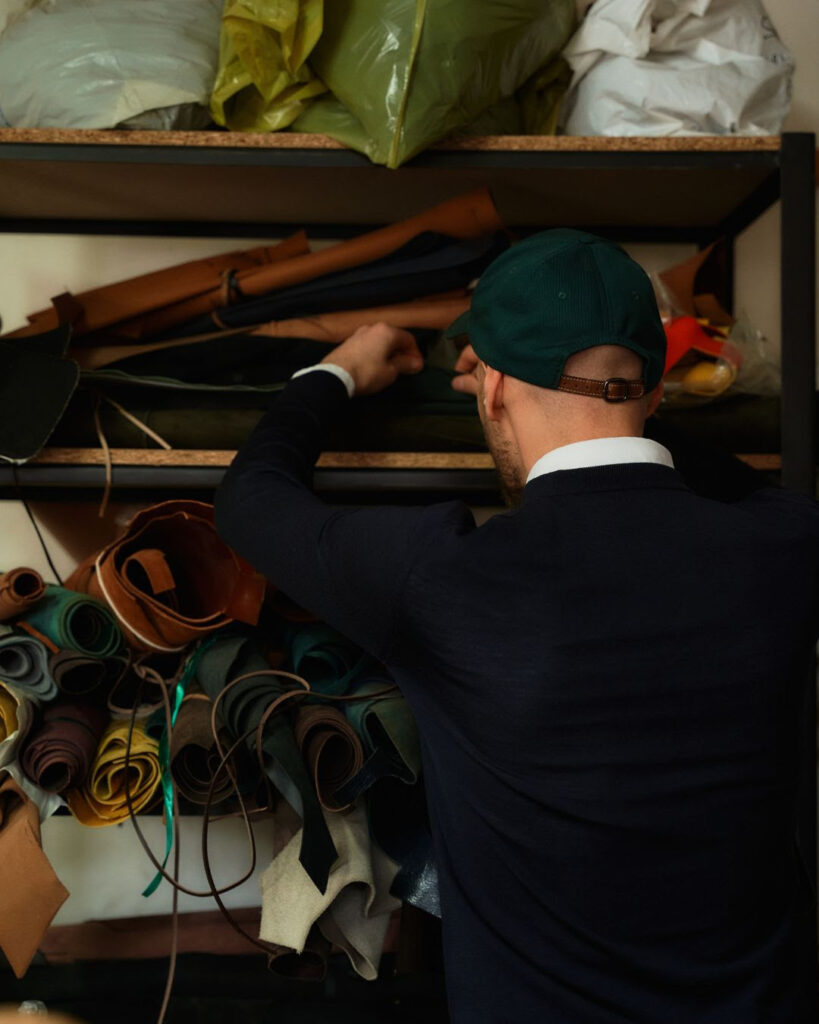
Your company has opted to use Raccagni zippers instead of the more widely known YKK zippers. Raccagni, established in the 1970s, provides zippers for the largest number of luxury brands like Tom Ford, Gucci, and Dior, among others.
How has this choice impacted the quality and longevity of your products?
The choice was really pragmatic – we knew that we wanted zippers that won’t break, as in cheap bags the zipper is usually the first thing to break. At first, we considered Lampo, Riri, Ska and YKK’s EXCELLA zippers as they all could satisfy our needs in terms of quality in theory – but after testing how they work, how they sound (that was important for us, too!) and how they look, we found the clear winner: Raccagni. Since 2015 we’ve been using only those zippers and we are sure that they will survive thousands or tens of thousands of pulls not giving up.
How has Sartolane evolved over time and how do you see it in the future?
I think we reached the point in which we are pretty satisfied with our product range and the size of the company – we don’t want to make more, we want to make better, keep on improving our products and make just enough of them to satisfy the demand, not any more. I also expect to have more and more products coming back for a quick renovation or repairs as they age, I love to see them worn-in and used well!
Finally, can you leave us with a motto that embodies the Sartolane brand’s philosophy and approach to craftsmanship?
Artisanal leather goods made to last and age well. Simple, isn’t it?
Never miss a story – subscribe now to the Gents Cafe Newsletter, a bite-sized read about men’s lifestyle to enjoy over a coffee or a nice cocktail.
